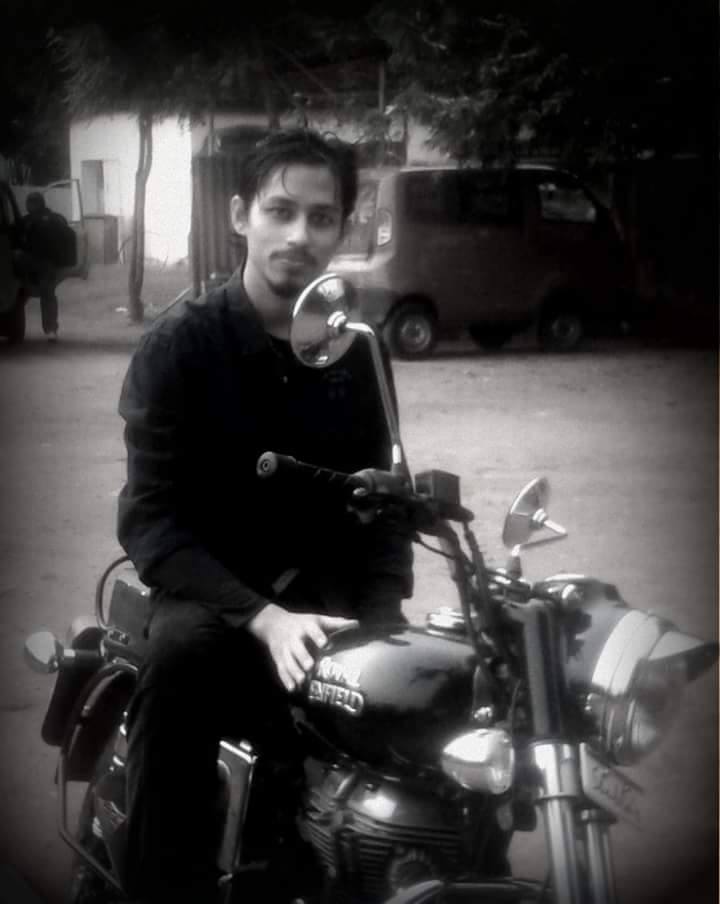Why crime data in India is short on information on victims and witnesses? Give your suggestions for comprehensive collection of data on crimes. (200 Words)
Refer - The Indian Express
Enrich the answer from other sources, if the question demands.

IAS Parliament 6 years
KEY POINTS
The government is expected to embark on the country’s first victimisation survey soon. The complexity of this endeavour demands that it be assigned to an institution that specialises in criminology, victimology and criminal justice administration.
Reasons
· The true extent of crime in a society is seldom known. In times when evidence-based policing and data-driven policies are being advocated, the absence of exact data on crime could pose serious problems. In India, crime is under-reported and under-registered.
· While popular perception associates many cities and states in India with a crime, going by official statistics, the country has one of the lowest incidences of crime in the world.
· A major source of the problem lies in the manner in which crime data are collected and compiled. Crime data in India are collected and published by the National Crime Records Bureau (NCRB).
· The data reported in this publication is based on the crime reported to local police stations. Police stations getting information about crime is one thing and such incidents being recorded as an FIR is another.
· This is in addition to all kinds of pressures and obstacles on a complainant, especially when the nature of crime is that of sexual assault, domestic violence or when it involves family members, relatives or powerful people.
· The resistance put up by the police station personnel in registering such crimes or reducing the seriousness of incident is well documented.
· The NCRB data fall short of expectations in many respects. For instance, it is short on information about crime victims and witnesses.
· The official statistics miss out on several key areas: The profile of victims, their personal characteristics, victim-offender relationship, FIR registration experiences, experiences of interacting with police, number of days and time taken in getting FIR registered, instances of intimidation, pressure experienced from the accused or associates including police, nature of injury, medical assistance, information about legal aid, compensation.
Suggestions
· A victimisation survey is often seen as a solution to such shortcomings. While many countries have conducted victimisation surveys to supplement their official crime data, India has yet to make a start.
· Such surveys reveal details that are missed out by the local police. They describe how crime has impacted the lives of victims and conevy their safety concerns.
· These surveys gather information through personal or telephonic interviews with a set of people who represent the geographical and social correlates of a city or state over a period of time.
· The information thus collected may detail the victimisation suffered by a person but not recorded by the police for a variety of reasons.
· Criminal and crime tracking systems needs to be effectively established across India for tracking crimes and maintaining centralized data base.
· The data generated by such surveys are considered more reliable than the official statistics on crime and this is frequently used for various policy objectives. Such surveys are conducted by professionally-competent organisations and the state funds the processes involved in the generation of data.

musabbir 6 years
Kindly review sir. Sorry for the late submit

IAS Parliament 6 years
Try to stick to word limit and include about CCTNS. Keep Writing.
Anu 6 years
Kindly review. Thank you.

IAS Parliament 6 years
Good answer. Keep Writing.
Rahul 6 years
Pls review

IAS Parliament 6 years
Good attempt. Try to include about CCTNS. Keep Writing.
Shivangi 6 years
Please review. Thank you

IAS Parliament 6 years
Good attempt. Try to include about CCTNS. Keep Writing.